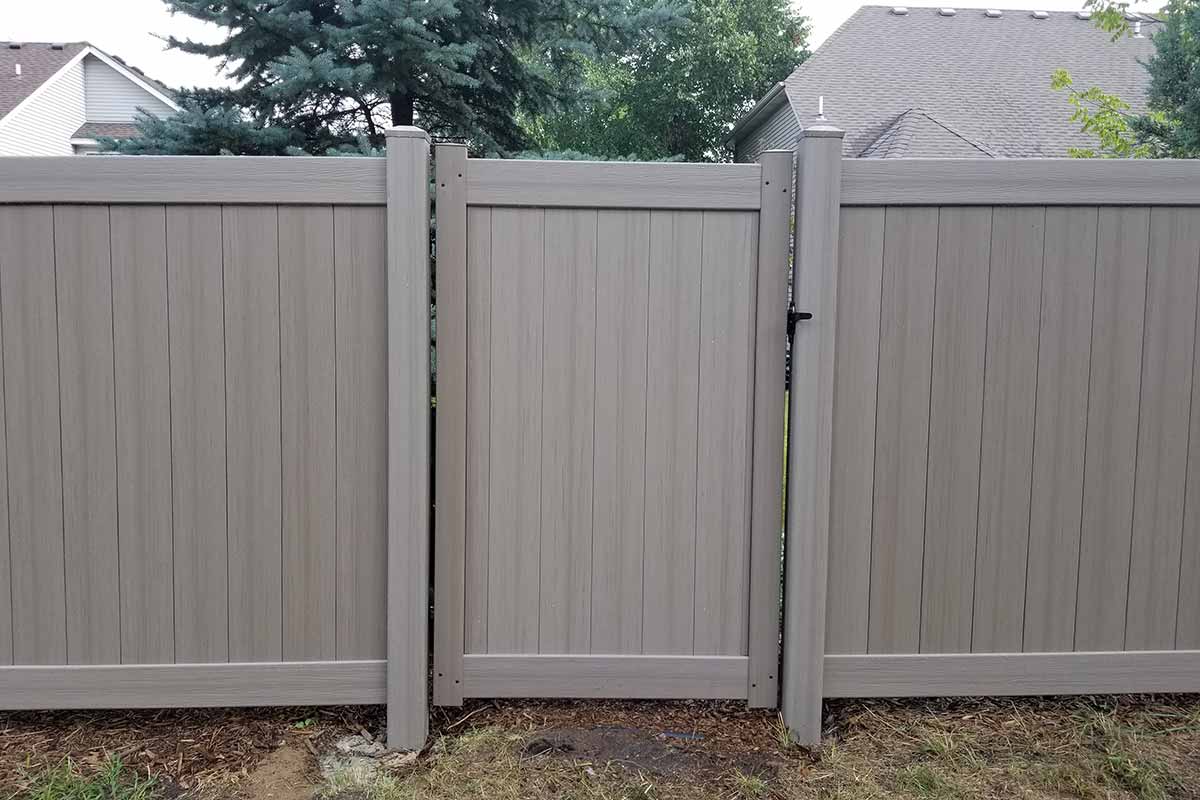CRP Technology celebrates 25 years of 3D printing advancements

An intake manifold functional prototype employing Windform XP. Picture Credit rating: CRP Technological know-how
This year CRP Technologies (Modena, Italy) celebrates 25 decades of 3D printing improvements. The organization suggests it has been common with additive manufacturing (AM) because 1996 when Roberto Cevolini, operator of Roberto Cevolini & Co., a substantial-precision CNC machining avantgarde provider, decided to examine the 3D printing procedures with a apparent goal in thoughts: To be equipped to resolve in progress customers’ concerns and featuring in no way-ahead of-noticed technological solutions.
As a final result, Roberto invested in a sinterstation for selective laser sintering (SLS), which at the time, claims CRP Technologies, no a person experienced in Italy. In purchase to make their engineering contribution more powerful, Roberto and his son, Franco, launched CRP Technologies, a subsidiary of Roberto Cevolini & C.
“My father had a strong travel for bold innovation, a organic predisposition to think past that triggered him to invent severe answers for the most demanding business sectors,” says Roberto Cevolini’s son, Engineer Franco Cevolini – VP, CTO at CRP Technological innovation.
On its founding, CRP Technologies also incorporated an R&D section for material progress. “Purchasing an industrial 3D printer wasn’t plenty of for us,” provides Franco. “We required to make a significant and more robust contribution. So we made the decision to make a loved ones of 3D-printing components suitable to manufacture significant-performing pieces and apps, which could satisfy the needs of our F1 clients.”
At the close of ‘90s, it grow to be ever more obvious to CRP Technological innovation that SLS was a helpful know-how with limits imposed by “process-able” elements constrained in scope to use for conventional non-functional prototyping. CRP Technology’s vocation for daring technological improvements produced a thing out of the normal: the Windform range of composite elements for skilled 3D printing.
https://www.youtube.com/look at?v=CKWkjHBeZ_I
In 1999 Windform, the name born out of its key reason as a wind-tunnel material, represented what the enterprise statements is the 1st hybrid polymer-metal composite (filled with aluminum) to be applied for purposeful prototyping. It proved to satisfy nearly all requires for wind-tunnel modeling and allowed aerodynamicists to have a new, strong tool accessible in purchase to make purposeful, fluid-aerodynamic, fitting and assembling exams. Furthermore it proved superb for immediate “in-the racing-car” purposes.
Franco Cevolini, who is also the creator of Windform, remembers these decades plainly. “Our mind-set to produce groundbreaking, higher-tech solutions authorized us to be the to start with to fulfill the most serious specifications of the F1 sector,” he says. “Windform materials’ substantial mechanical and thermal houses permitted a shift from the manufacture of easy thought styles to high-end prototypes and manufacturing parts, many thanks to their extended-long lasting performances, stiffness and light fat.”
Though new Windform materials and new large-tech options had been made and introduced (such as Windform XT, a composite polyamide-dependent, carbon fiber-filled material for 3D printing) the Cevolini loved ones landed on the U.S. marketplace. In 2008 they established CRP Usa in Mooresville, N.C., the coronary heart of the southern industrial and manufacturing hub surrounded by aerospace and motorsports communities. From that place on, CRP United states of america started off production on-car and wind tunnel factors for racing groups applying Windform materials, and has reportedly taken this expertise to new heights to generate pieces for the area, entertainment, automotive and other advanced sectors.
In 2015, Windform XT was replaced by Windform XT 2., which functions advancements in mechanical attributes such as +8% enhance in tensile energy, +22% in tensile modulus and a +46% improve in elongation at break. Windform FR1, a flame-retardant (V- rated) content for carbon fiber-bolstered AM, was launched all over the world in 2019, carefully adopted by Windform FR2, a flame-retardant polyamide-centered, glass fiber-crammed materials. Windform family members at the moment contains of 12 products, distributed into two strains, and proceeds to development into new sectors.
Further, pursuing their obsession for innovation, the Cevolini family invested in a new field of sustainable vehicles and created Energica (Modena) in 2010, explained to be the very first significant-overall performance electrical motorbike made in Italy. CRP Technological innovation and CRP Meccanica acted as a technological incubator and are continue to now the direct traders of Energica Motor Co. since it has turn into an impartial entity.
“We have been doing the job not only to make the modify but to be the change,” concludes Franco and Livia Cevolini. “Day by working day, we are building the foreseeable future.”



